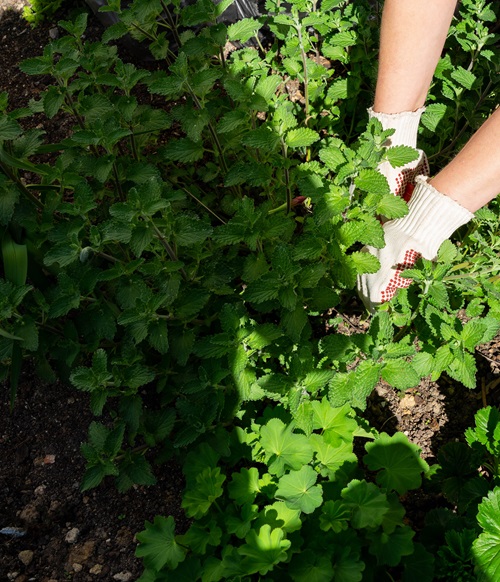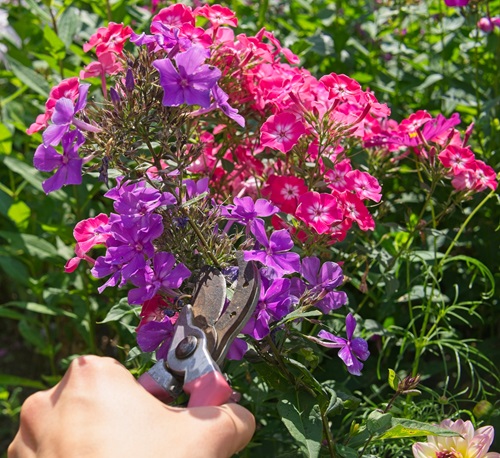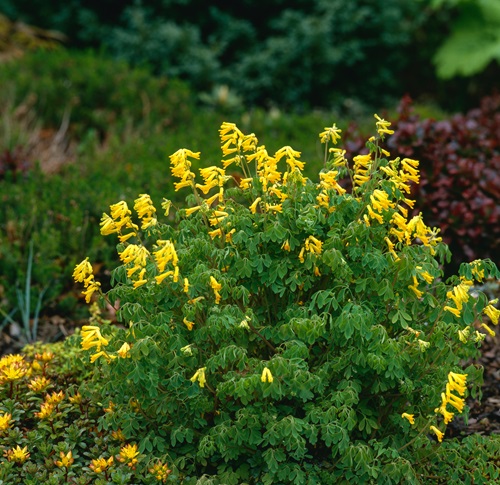Some frost-intolerant plants may revive in spring if cut back in late autumn before winter. Here are the Perennials you should Prune in the Fall!
When to prune is as important as what and how to prune! Cutting back certain plants once their growing season ends and before frost sets in helps with healthier foliage and flowers in spring while keeping them disease and pest-free for the upcoming year. Let’s examine the perennials you should prune in the fall.
Perennials You Should Prune In Fall
1. Catmint
Botanical Name: Nepeta spp.
USDA Zones: 3-9
Catmint has long stems that benefit from pruning at the end of the growing season in autumn.
Keep these pretty plants and your garden beds tidy by cutting them till they are about 4-6 inches above the soil to keep the roots protected.
2. Daylilies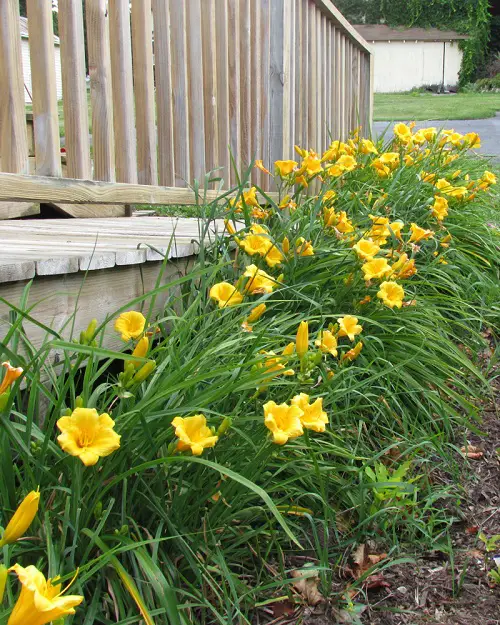
Botanical Name: Hemerocallis spp.
USDA Zones: 4-9
Daylilies die back after the first frost, making it an ideal time to prune away dead or wilted parts. They produce gorgeous yellow, orange, and red blooms throughout summer and fall. Aim for late fall, once the flowering season has ended, to prune them back.
3. Garden Phlox
Botanical Name: Phlox paniculata
USDA Zones: 4-8
This perennial with a clump-forming growth habit responds well to fall pruning.
With proper care, it will produce colorful blooms from summer to fall that attract hummingbirds to your garden. Garden phlox is also prone to powdery mildew, which pruning prevents.
4. Hostas 
Botanical Name: Hosta spp.
USDA Zones: 3-10
Hostas’ tolerance to less light makes them a favorite for shaded gardens. But their large, generous foliage is also a feeding ground for snails and slugs! Pruning in the fall keeps these pests in check and gets rid of the eggs hidden away in the large leaves.
5. Irises 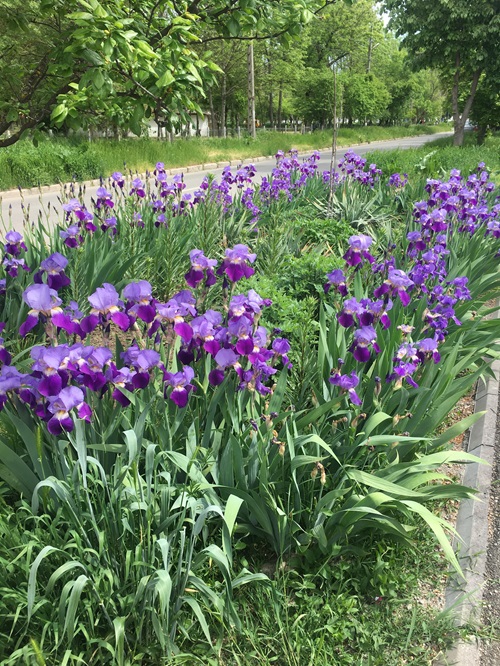
Botanical Name: Iris spp.
USDA Zones: 3-9
You can prune your iris plant when it has finished blooming, and deadhead spent blooms while you’re at it. By the end of the growing season, irises get quite messy and unkempt, and pruning helps with this!
The pruning technique is similar to that for catmint, where you cut back until the plant is about 4-6 inches above the soil.
6. Lavender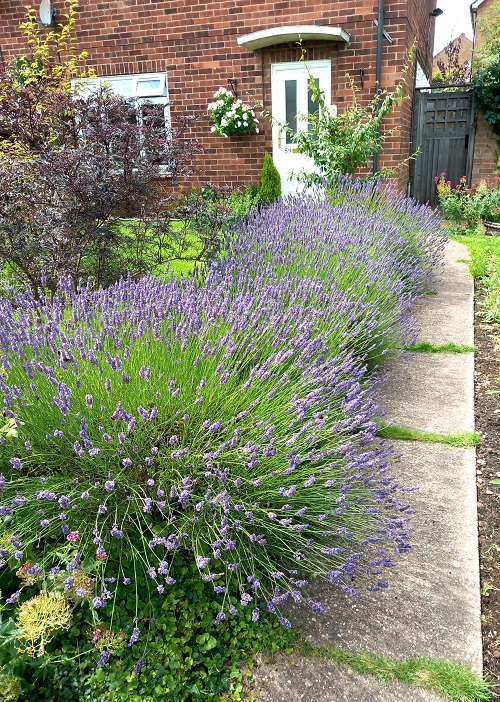
Botanical Name: Lavandula spp.
USDA Zones: 5-9
Lavender is a gorgeous herb grown for its beauty, flavor, and healing qualities. Pruning this plant in the fall is easy, as you can quickly spot all the old, withered wood and cut it back a month before the first frost.
If you wait too long into fall, it will be vulnerable to winter damage after pruning. So, make sure you prune this herb the right way at the right time!
7. True lilies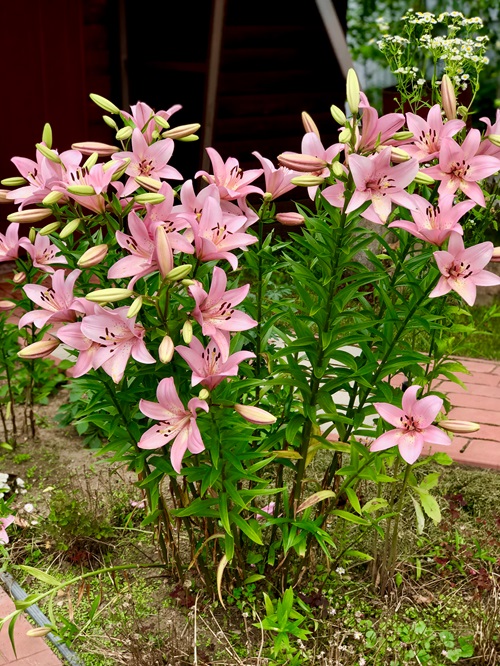
Botanical Name: Lilium spp.
USDA Zones: 3-9
Cut back lilies as they start dying back with the arrival of frost. Pruning these perennials earlier will affect blooms; too late will hurt them before winter dormancy.
Lilies are also prone to aphids, slugs, and snails—pruning helps keep these pests in check.
8. Peonies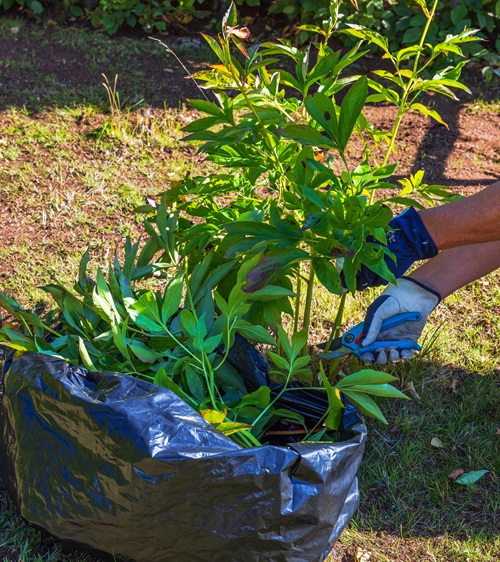
Botanical Name: Paeonia spp.
USDA Zones: 3-9
The classic peonies are next on our list of perennials that you should prune in the fall. Pruning also deters powdery mildew spores from overwintering in the plant, apart from helping the plant refocus on its rounded, fragrant blooms.
9. Blanket Flower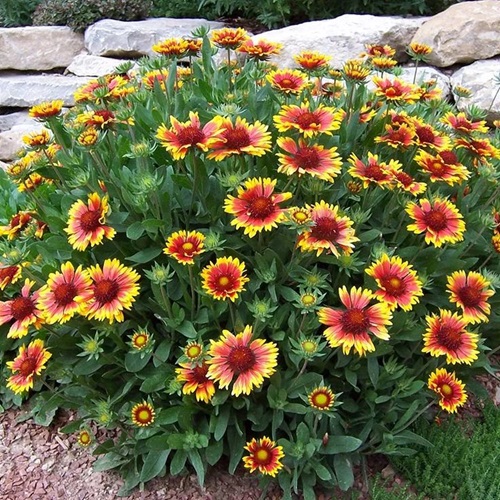
Botanical Name: Gaillardia
USDA Zones: 3-11
These plants produce multiple flowers throughout the summer, and pruning them in the fall will help them save energy for winter. Deadheading, along with pruning, will also help save energy that is utilized if the flowers keep blooming late into fall.
Gaillardias are also very easy to care for. Once established, they are drought tolerant and can go without water despite hot and dry weather.
Note: If you live in a frost-free climate, avoid pruning this flowering plant as it may extend its flowering in winter there.
10. Salvia
Botanical Name: Salvia
USDA Zones: 3-10
Even if you don’t prune salvias, this perennial mint member will bloom once or twice each growing season.
However, cutting them in late fall will help them produce more flowers next year. This will also keep the plant healthy and prevent it from forming woody stems.
11. Bee Balm
Botanical Name: Monarda spp.
USDA Zones: 4-9
Why prune bee balms in the fall? Proper pruning can help keep bee balm plants free of powdery mildew and other diseases and pests. Trimming them back during these months will also encourage blooming and help keep the plants looking neat.
However, leave some foliage intact so that wildlife like songbirds can feed on its seeds and gain shelter during winter.
12. Blazing Star
Botanical Name: Liatris spp.
USDA Zones: 3-9
The blazing star plant has beautiful feathery purple or white flowers that grow on long stalks in summer. Towards the end of the growing season, the plant starts looking untidy with many dead and wilted bits, and that’s your cue for fall pruning!
13. Corydalis
Botanical Name: Corydalis lutea
USDA Zones: 5-8
Corydalis is a prolific self-seeder that can get a bit out of hand without proper pruning! Target a few seed heads after it has bloomed and cut them back in the fall to keep their growth and spread in check.
The plant thrives and produces beautiful tubular yellow blooms in partial to full shade, making it ideal to add color to a shade garden.
14. Coppertip
Botanical Name: Crocosmia
USDA Zones: 5-10
When these flowers are done blooming in the autumn, you can prune them. This will encourage flowering and also help the foliage look better.
The coppertip plant sports unique red, orange, and yellow flowers and thrives in well-draining soil with a neutral pH.
15. Marguerite
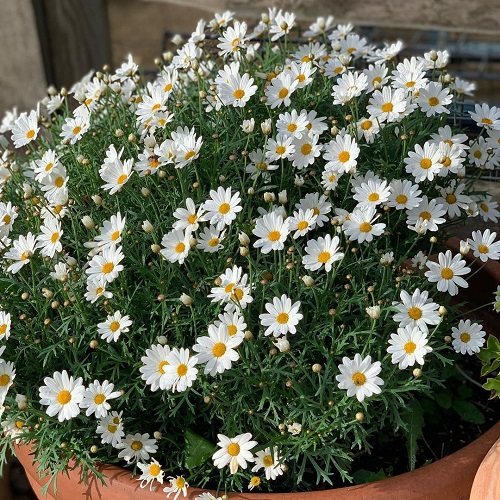
Botanical Name: Anthemis tinctoria
USDA Zones: 3-8
Cutting back your marguerite by about a third while keeping a few inches above the ground encourages new growth and protects its roots in winter. Marguerite produces beautiful yellow flowers in spring and summer.
It flourishes under full sun and slightly moist soil and is resistant to deer and rabbits.
Now that you know which perennials to prune and cut back in the fall, check out the ones you shouldn’t. Do let us know if we missed anything. Happy gardening!


